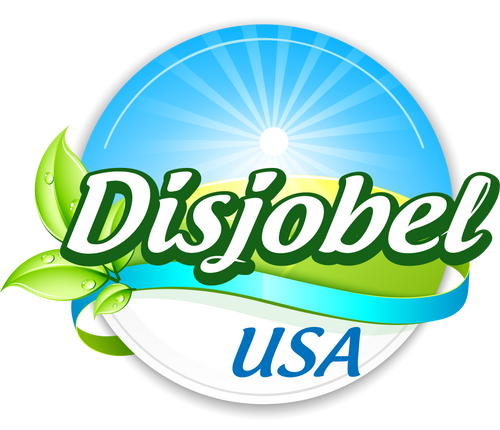Have you ever wondered why some dairy or fruit goods are still fresh days after you buy them? Or how health products remain germ-free after being handled in production? The answer: Aseptic packaging. This is a manufacturing method that produces sterile containers. The content is inserted into these containers within a sterile environment.
It is mostly used in the pharmaceutical and food industries to extend shelf life, avoid contamination, and maintain the freshness of the products. We are going to focus on the latter industry, where this type of packaging preserves qualities such as flavor, color, texture, and nutrition for at least six months without refrigeration or preservatives.
But what kind of methods are used to get to this level of sanitation? Let’s find out what are the most common ones and what are the benefits.
Manufacturing process of aseptic packaging
During the first decade of the 1800s, Nicolas Appert, a French confectioner, preserved food in glass bottles after boiling them in water for long periods. This is how high heat treatment became a big part of food engineering to achieve meat, vegetable, and fruit preservation.
Two centuries later, there are three main methods to produce aseptic packaging: Irradiation, chemical treatments, and heat (Discover Food Tech, 2018).
Irradiation
Depending on the aseptic packaging, the manufacturer might use ionizing radiation with gamma rays, pulsed light, or UV-C radiation. The latter is used in combination with hydrogen peroxide.
Chemical treatments
The sterilizing agent here is hydrogen peroxide with a minimum concentration of 30%. The process is carried out at least at 70 degrees Celsius (158 ºF) for 6 seconds to kill most microorganisms.
Heat
The containers are passed through heated steam at 220-225 degrees Celsius (428–437 ºF) for 36-45 seconds, depending on the material.
Benefits of aseptic packaging
Preserve the quality of goods
We are talking about nutritional value, taste, texture, and smell. This is particularly important when it comes to baby food, juices, dairy products, fruit purees, among others.
No artificial preservatives
When using aseptic packaging, manufacturers will only add natural preservatives or none at all, since the sterilization process protects food against bacteria. This also means they get to use natural ingredients instead of artificial flavors.
Extended shelf life
This type of packaging allows food to remain fresh without refrigeration for between 6 to 12 months (Eagle Flexible Packaging, 2017). Producers and consumers alike benefit from this because it increases the lifespan of goods before they expire.
Lower shipping costs
Products can be stored at ambient temperatures (approximately 68-77 degrees Fahrenheit). And thanks to materials in the aseptic packaging (See also: Fruit Harvest) (polyethylene and film foil), shipments are lighter, cutting extra costs on weight.
This is especially positive for rare commodities such as exotic berries or tropical fruits that travel long distances. Now sterile containers make it possible for exotic fruits, in the form of fruit puree, to get to markets all over the world. After a process of pasteurization and exposure to high temperatures, to reduce microbiological presence, consumers have a product with its natural qualities.
No doubt, advances in the manufacturing process of aseptic packaging allow us to have access to common products in a better sanitized environment for longer periods of time. And for some food certifications, it also makes it easier to comply with certain requirements.
References
EAGLE FLEXIBLE PACKAGING. (NOVEMBER 15, 2017). WHAT IS ASEPTIC PACKAGING?
RETRIEVED FROM HERE
LEBLANC, R. (DECEMBER 11, 2023). THE ASEPTIC PACKING INDUSTRY: AN OVERVIEW
RETRIEVED FROM HERE
TETRA PAK. (N.D.) ASEPTIC SOLUTIONS FOR SAFE FOOD.
RETRIEVED FROM HERE





















